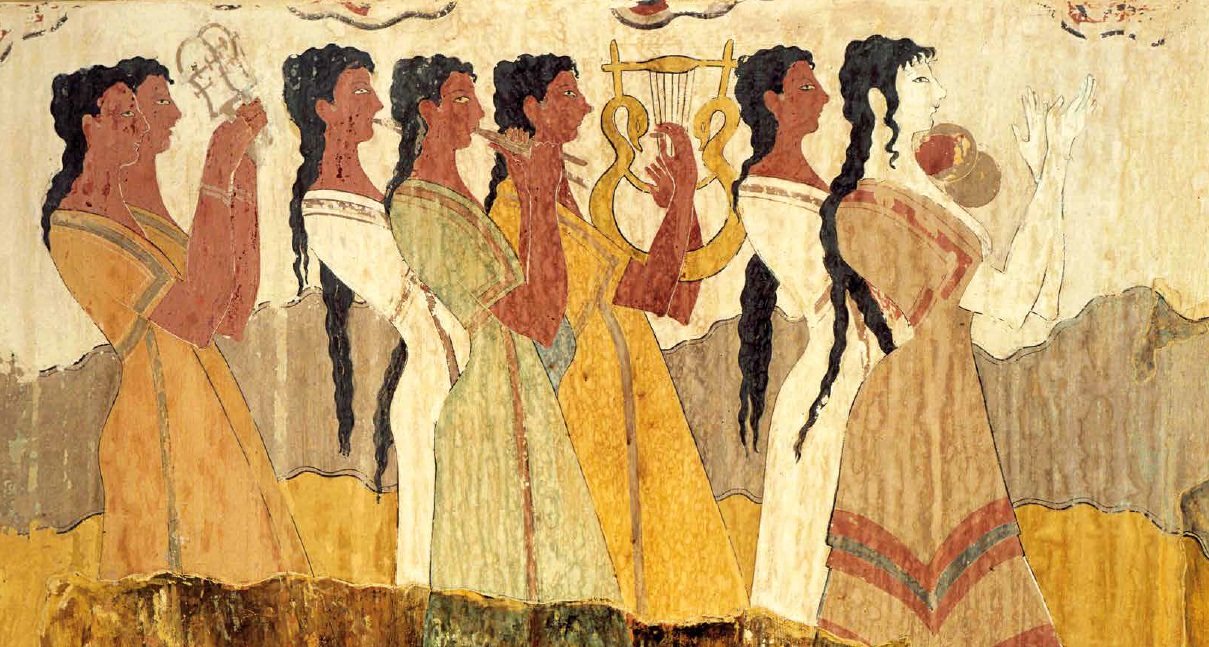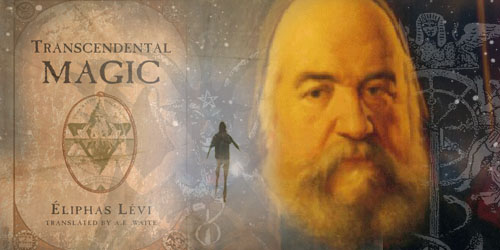“The head of Joseph, the vertex of the nazar among his brethren.” Samson and Samuel ( Semes-on and Sem-va-el) are described alike as nazars. Porphyry, treating of Pythagoras, says that he was purified and initiated at Babylon by Zar-adas, the head of the sacred college. May it not be surmised, therefore, that the Zoro-Aster was the nazar of Ishtar, Zar-adas or Na-Zar-Ad, being the same with change of idiom? Ezra, or , was a priest and scribe, a hierophant; and the first Hebrew colonizer of Judea was Zeru-Babel or the Zoro or nazar of Babylon.
The Jewish Scriptures indicate two distinct worships and religions among the Israelites; that of Bacchus-worship under the mask of Jehovah, and that of the Chaldean initiates to whom belonged some of the nazars, the theurgists, and a few of the prophets. The headquarters of these were always at Babylon and Chaldea, where two rival schools of Magians can be distinctly shown. Those who would doubt the statement will have in such a case to account for the discrepancy between history and Plato, who of all men of his day was certainly one of the best informed. Speaking of the Magians, he shows them as instructing the Persian kings of Zoroaster, as the son or priest of Oromasdes; and yet Darius, in the inscription at Bihistun, boasts of having restored the cultus of Ormazd and put down the Magian rites! Evidently there were two distinct and antagonistic Magian schools. The oldest and the most esoteric of the two being that which, satisfied with its unassailable knowledge and secret power, was content to apparently relinquish her exoteric popularity, and concede her supremacy into the hands of the reforming Darius. The later Gnostics showed the same prudent policy by accommodating themselves in every country to the prevailing religious forms, still secretly adhering to their own essential doctrines.
Page 129
There is another hypothesis possible, which is that Zero-Ishtar was the high priest of the Chaldean worship, or Magian hierophant. When the Aryans of Persia, under Darius Hystaspes, overthrew the Magian Gomates, and restored the Masdean worship, there ensued an amalgamation by which the Magian Zoro-astar became the Zara-tushra of the Vendidad. This was not acceptable to the other Aryans, who adopted the Vedic religion as distinguished from that of Avesta. But this is but an hypothesis.
And whatever Moses is now believed to have been, we will demonstrate that he was an initiate. The Mosaic religion was at best a sun-and-serpent worship, diluted, perhaps, with some slight monotheistic notions before the latter were forcibly crammed into the so-called “inspired Scriptures” by Ezra, at the time he was alleged to have rewritten the Mosaic books. At all events the Book of Numbers was a later book; and there the sun-and-serpent worship is as plainly traceable as in any Pagan story. The tale of the fiery serpents is an allegory in more than one sense. The “serpents” were the Levites or Ophites, who were Moses’ body-guard (see Exodus xxxii. 26); and the command of the “Lord” to Moses to hang the heads of the people “before the Lord against the sun,” which is the emblem of this Lord, is unequivocal. The nazars or prophets, as well as the Nazarenes, were an anti-Bacchus caste, in so far that, in common with all the initiated prophets, they held to the spirit of the symbolical religions and offered a strong opposition to the idolatrous and exoteric practices of the dead letter. Hence, the frequent stoning of the prophets by the populace and under the leadership of those priests who made a profitable living out of the popular superstitions. Otfried Muller shows how much the Orphic Mysteries differed from the popular rites of Bacchus,although the Orphikoi are known to have followed the worship of Bacchus. The system of the purest morality and of a severe asceticism promulgated in the teachings of Orpheus, and so strictly adhered to by his votaries, are incompatible with the lasciviousness and gross immorality of the popular rites. The fable of Aristaeus pursuing Eurydike into the woods where a serpent occasions her death, is a very plain allegory, which was in part explained at the earliest times. Aristaeus is brutal power, pursuing Eurydike, the esoteric doctrine, into the woods where the serpent (emblem of every sun-god, and worshipped under its grosser aspect even by the Jews) kills her; i.e., forces truth to become still more esoteric, and seek shelter in the Underworld, which is not the hell of our theologians. Moreover, the fate of Orpheus, torn to pieces by the Bacchantes, is

Moe is the founder of GnosticWarrior.com. He is a father, husband, author, martial arts black belt, and an expert in Gnosticism, the occult, and esotericism.






